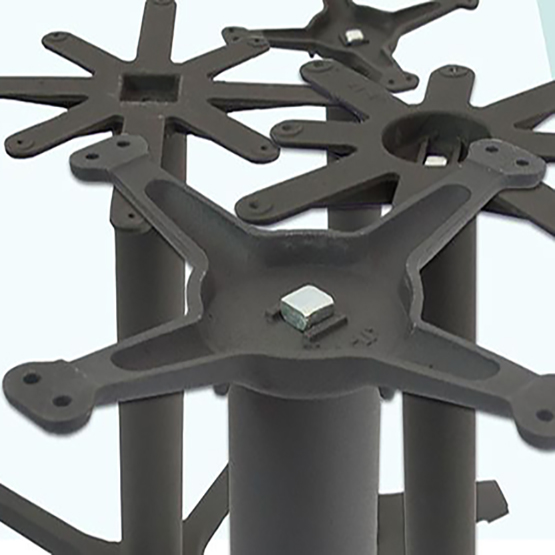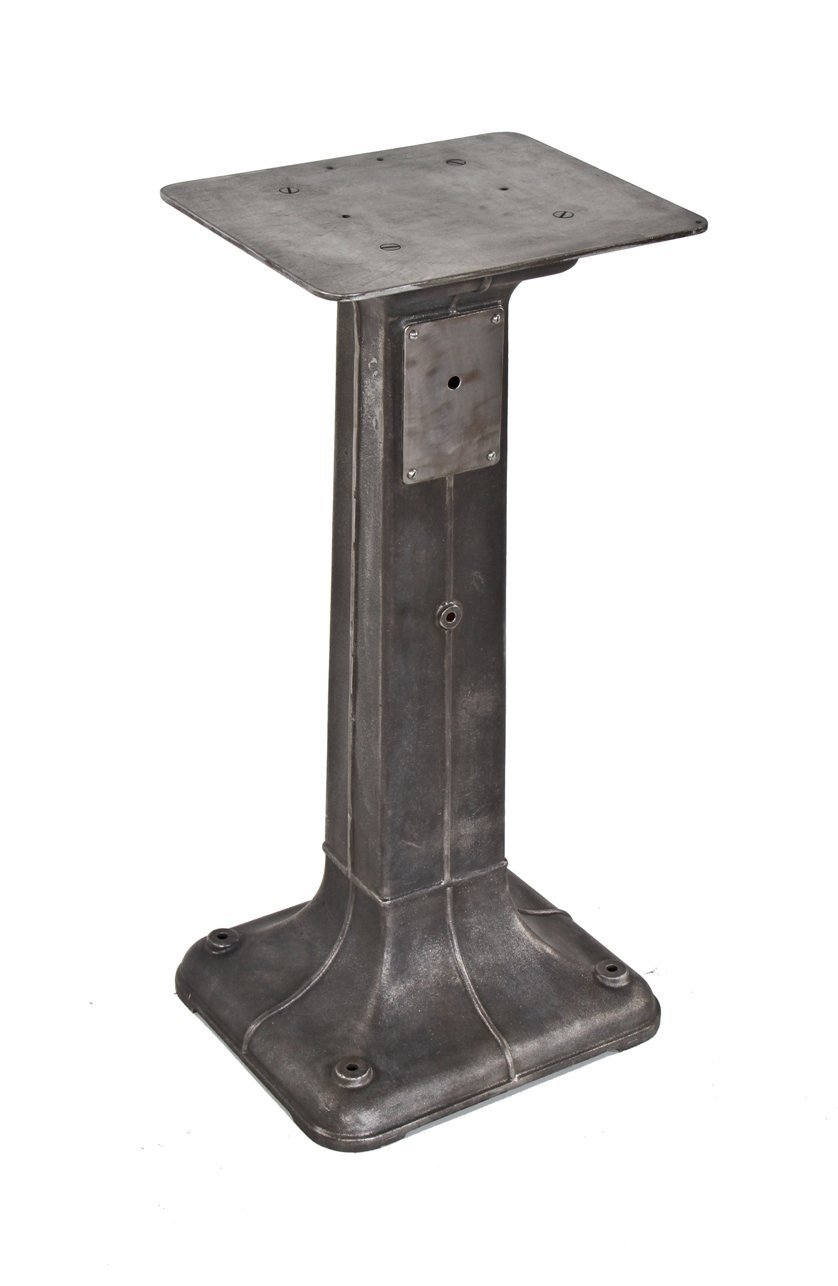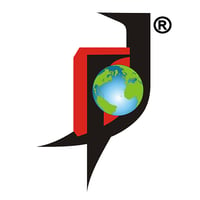While the concept of eating outside of the home has been around for centuries, the fast food industry as we know it didn’t get its start until the post-WWII American economic boom. Americans began to spend more and buy more as the economy boomed and a culture of consumerism bloomed. As a result of this new desire to have it all, coupled with the strides made by women while the men were away, both members of the household began to work outside the home. Eating out, which had previously been considered a luxury, became a common occurrence and then a necessity. Workers, and working families, needed quick service and inexpensive food for both lunch and dinner. This need is what drove the phenomenal success of the early fast food giants, which catered to the family on the go.
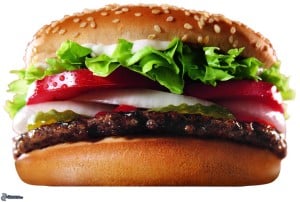 The most familiar of the fast food options is the hamburger. While it is unclear when (and who) invented the hamburger – with a contested birth-date ranging from the late nineteenth century to the early 20th century – the first important date for the burger was 1921. 1921 was the year the first White Castle opened in Wichita Kansas and the beginning of the popularization and commercialization of the hamburger. Hamburger joints popped up all over the United States, including a family owned restaurant in San Bernardino, California, Opened in 1948 by brothers Richard and Maurice McDonald, the name and its method of operations were bought out by Ray Kroc who opened his first McDonalds in Des Plaines Illinois in 1955. By 1958 McDonalds had sold 100 million burgers across the country and changed how Americans ate. Following McDonalds’ success other self service fast food restaurants joined the market, some regional and some national. While a large number also sold burgers and fries some restaurants distinguished themselves by serving more exotic fare, such as Taco Bell and their Americanized Mexican food.
The most familiar of the fast food options is the hamburger. While it is unclear when (and who) invented the hamburger – with a contested birth-date ranging from the late nineteenth century to the early 20th century – the first important date for the burger was 1921. 1921 was the year the first White Castle opened in Wichita Kansas and the beginning of the popularization and commercialization of the hamburger. Hamburger joints popped up all over the United States, including a family owned restaurant in San Bernardino, California, Opened in 1948 by brothers Richard and Maurice McDonald, the name and its method of operations were bought out by Ray Kroc who opened his first McDonalds in Des Plaines Illinois in 1955. By 1958 McDonalds had sold 100 million burgers across the country and changed how Americans ate. Following McDonalds’ success other self service fast food restaurants joined the market, some regional and some national. While a large number also sold burgers and fries some restaurants distinguished themselves by serving more exotic fare, such as Taco Bell and their Americanized Mexican food.
As the fast food industry continued to expand and the first of the Baby Boomers entered the job market fast food restaurants began utilizing teenagers as part-time employees. By 1978 59% of teens were somehow involved in the workforce – many in a food industry setting. As young people began to earn more they also began to spend more which in turn strengthened the trend of spending more time outside the home including for meals. It also propelled the food industry into being one of the largest employers in the US economy. A staggering 1 out of 8 US workers has, at one point, been employed by McDonalds.
In the mid-1970s as the food industry expanded it became more competitive triggering the “Burger Wars” of the 80s and 90s. The increased choices for consumers led restaurants to refurbish and to emphasize their brand’s particular environment. Fast food restaurants added seating inside as well as the now iconic drive-thru. To appeal to families restaurants started creating meals as well as specific areas for kids. Healthier options and expanded menus helped differentiate one chain from another.
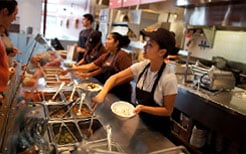 At the beginning of the 21st century the market experienced another seismic shift as coffee chains and fast causal restaurants emerged as serious competitors to larger fast food chains. Brands like Starbucks, Panera and Chipotle emphasize the quality of their products and strive for an environment that promotes lingering, as opposed to the quick turnaround of fast food restaurants. Both are self-service but fast casual typically lack the drive-thrus that make fast food restaurants so accessible. This shift is inspired by the new driving force in the economy, Millennials. Just as the Baby Boomers wanted something fast and easy, the Millennials want something more sustainable and in a place where they can use their various electronic devices. As more Baby Boomers retire and the generation born in the 21st century enters the workforce we can expect another change, a new type of restaurant that carries on the food service industry.
At the beginning of the 21st century the market experienced another seismic shift as coffee chains and fast causal restaurants emerged as serious competitors to larger fast food chains. Brands like Starbucks, Panera and Chipotle emphasize the quality of their products and strive for an environment that promotes lingering, as opposed to the quick turnaround of fast food restaurants. Both are self-service but fast casual typically lack the drive-thrus that make fast food restaurants so accessible. This shift is inspired by the new driving force in the economy, Millennials. Just as the Baby Boomers wanted something fast and easy, the Millennials want something more sustainable and in a place where they can use their various electronic devices. As more Baby Boomers retire and the generation born in the 21st century enters the workforce we can expect another change, a new type of restaurant that carries on the food service industry.


